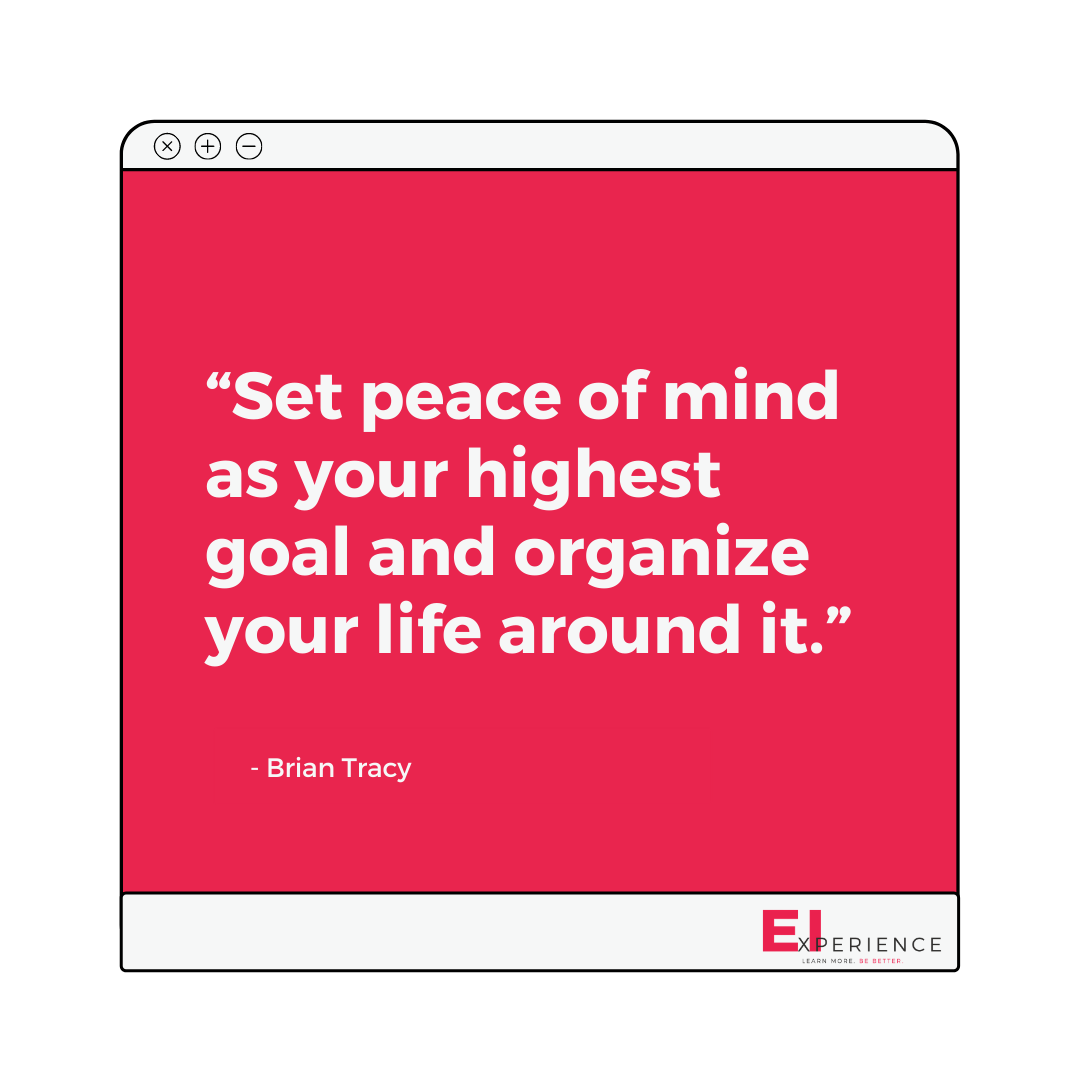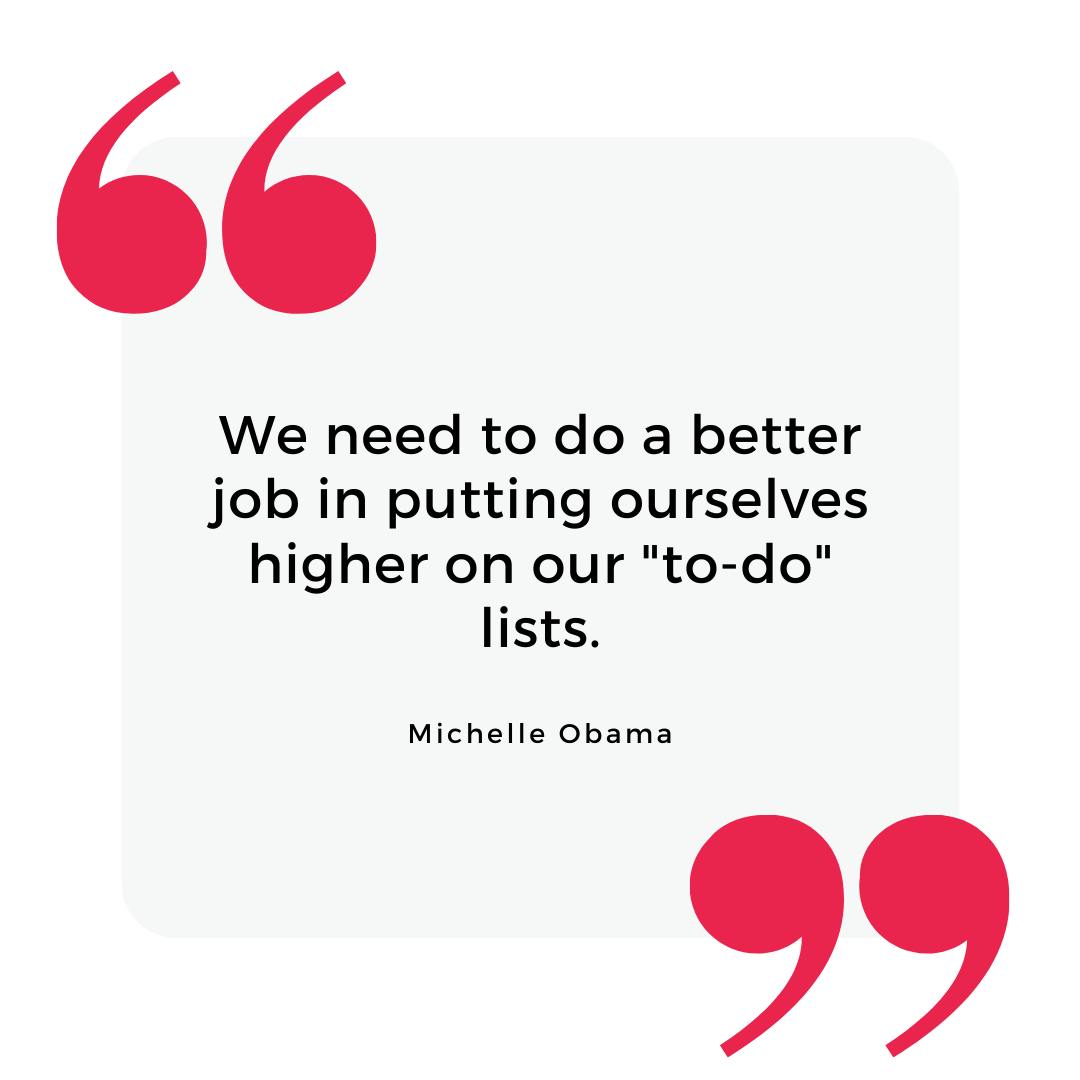
Redefining Resilience in the Next Normal
COVID-19 has thrown a curveball into our lives, and upended business operations and everyday life. But when you’re faced with a curveball, you try to hit it as hard as you can. Many companies and individuals instantly adapted to the “new normal” which consisted of stay at home orders and Zoom meetings. Some of us were agile and able to overcome the hardships, while others struck out. But over a year has passed since the pandemic was declared, and it’s safe to say that we’ve grown accustomed to the strange reality of this new normal. Now, our focus is what life will look like post-COVID era: the “next normal.”
We can all agree that thriving through the next normal requires us to be proactive. An emotionally resilient company with a mentally tough team is more equipped to weather through tumultuous times than an organization that doesn’t prioritize resilience.
Redefining Resilience
Depending who you ask, “resilience” may be defined differently. Some experts define resilience as the ability to bounce back, while others believe resilience is the ability to preserve basic functionality in the face of adversity. It’s no surprise this term has many definitions — resilience is a dynamic concept with different meanings for numerous organizations, industries, individuals, and phases of life. Despite the different definitions of resilience, there seems to be an underlying concept: resilience is exhibiting adaptive positive functioning during and after times of upheaval.

Given that COVID-19 has exceedingly tested our emotional resiliency, we need to prepare ourselves for more curveballs in a post-viral era. But what does the future of resiliency look like? Read on as we redefine resilience as we reach the light at the end of the COVID-19 tunnel and enter the next normal.
Leaders Will Juggle a Hybrid Model of Workforce

The demand for workplace flexibility has been on the rise even before the onset of COVID-19. In a 2019 survey of 1,202 full-time workers, more than half of on-site workers want to start working remotely in the next five years. Although the results of this survey did not predict the next two years of self-isolation and lockdowns forced upon us, it did foreshadow the favourability of remote working, which will still hold true after the pandemic subsides. For some individuals, the virus unveiled a more efficient way of working than in a traditional workplace environment. In the aftermath of the pandemic within many industries, executives expect their employees to work in a hybrid model of on-site and remote settings.
Leaders must juggle with leading both employees who work in an office and others who work remotely. Developing resilience in the workplace is hard enough to achieve. Now, the hybrid model requires leaders to maintain equal engagement and effective communication across all employees. In our experience, it is critical to help leaders stay equally connected and productive with their remote team as with their on-site team so they feel valued and appreciated in their work role.

Learning & Development Professionals are Cultivating Resilience
COVID-19 has globally forced us to keep up-to-date with new systems and processes, from learning how to navigate advanced technology, to using emotional intelligence to effectively lead. Going forward, companies must strengthen their learning and development programs and adjust management strategies to prepare for future demands and expanding economies.

L&D professionals have globally helped pivot their company to manage through change, and their spotlight in the workplace will still shine post-pandemic. In order for a company to build the powerful skills needed post-COVID, L&D professionals will continue to have to prioritize three programs: upskilling and reskilling, leadership and management, and virtual onboarding to ensure they maintain a competitive culture.
The rapid growth of industries and businesses in recent years have thrown people into leadership roles before they’re ready. In the next normal, growing demands and new positions will accelerate career tracks further, and only a resilient company can readily adapt and flourish through change. The secret to building well-rounded and effective leaders? Instilling emotional intelligence in your management and paying attention to employee experience.
Being Attentive to Employee Experience
Employee experience is a holistic term that describes an employee’s observations, sentiments, and interactions at work throughout their entire time at a company. We’ve all dealt with the trouble and anxiety from the global pandemic. For employees who’ve had to work during rocky times, their employee experience might have been compromised.
96% of HR and hiring professionals reveal that employee experience is becoming more important, and rightfully so: employee experience impacts all facets of your organization from work culture to productivity. Not only does improving employee experience help attract and retain talented workers, but it also creates happy and engaged workers who are able to efficiently work and help deliver bottom line results.

“Employee experience is about doing things with and for your employees, not to them.” — Mark Levy, Former Head of Employee Experience at Airbnb and Allbirds.
Continuing into the future, companies must build resilience in order to adapt to what matters to their employees. Improving employee experience may involve working on basic operations, such as simplifying administrative processes, but it may also involve fixing deep rooted cultural transformations, such as implementing effective management strategies. Specifically, organizations can integrate coaching skills in leadership to empower their teams and enhance their effectiveness and success. Not only does a coaching approach prevent a culture of dependency on leaders, but it upskills workers and pushes them out of their comfort zone. Employees will find proactive solutions on their own without being given the answer. By preparing your company to be resilient in whichever area your employees care about most, such as integrating coaching culture, you can swiftly take action and make meaningful progress on improving employee experience.
The Time to Prepare for the Next Normal is Now
If we’ve learned anything from the pandemic, it’s that we need to stay on our toes and be ready to respond to anything the world throws at us. How can companies prepare themselves for the next normal? To help answer this question, we’ve constructed a survival guide on How to Build a Resilient Team Post Pandemic, to ensure your company is ready to tackle the ensuing circumstances.
Resilience looks different for each company and individual and may change over time in context with evolving systems and environments. For example, some leaders may excel at engaging their company during difficult conditions but are weak in leading under pressure. In order to develop the characteristics today to generate resilient patterns that will take you into the next normal, check out our workshop on Improving Emotional Resilience to learn how to lead under pressure, recover quickly from setbacks, and enhance your mental toughness and emotional grit.
To learn more about emotional resilience and how it impacts your organization, sign up for our biweekly newsletter here, where you will receive our latest updates, an inventory of resources, and much more!
If you need help building a resilient future, book a call with us here; we’d love to listen and provide support in any way we can.
Don’t forget to follow us on Twitter, Facebook, or Linkedin to keep up with our latest blogs!


